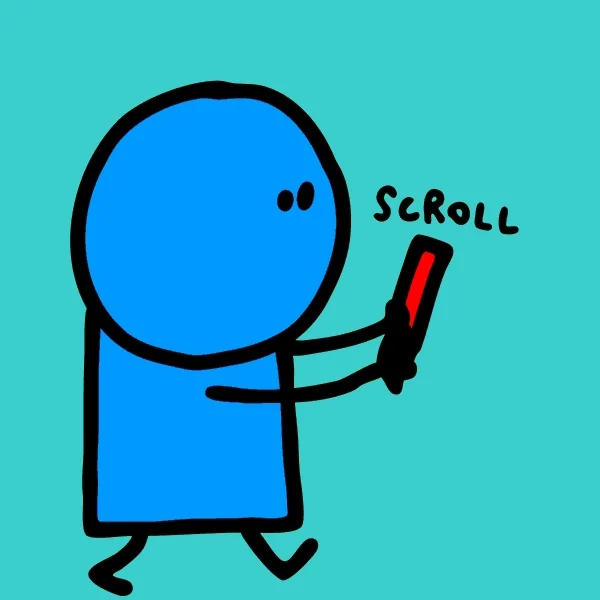
Ever spent time scrolling through job ads?
If so, you’ve probably come across phrases like “fast‑paced environment” or “work independently and as part of a team.” These often hint at skills like self-management and collaboration.
Reading between the lines, testing your assumptions, and deciding whether to apply to the job — that’s deconstruction and critical evaluation in action.
These research skills help you see things clearly and make confident choices.
Ready to see how these skills can be applied at work? Here are 3 examples.
Applying Research Skills at Work: Stefan’s Story
 Meet Stefan, a 5th-grade teacher. His principal has asked him to try out scaffolding. It's a popular teaching method that breaks learning into manageable chunks, reducing support as students build independence. He plans to test it in a maths lesson and report back on what he finds out.
Meet Stefan, a 5th-grade teacher. His principal has asked him to try out scaffolding. It's a popular teaching method that breaks learning into manageable chunks, reducing support as students build independence. He plans to test it in a maths lesson and report back on what he finds out.
 Time to Test it Out
Time to Test it Out
During the lesson, Stefan guides students through a sequence of steps, offers support, and encourages independent problem-solving.
Afterwards, he reviews feedback, observations, and students' work. These steps are part of a process called practitioner enquiry, which helps teachers support learning and improve their practice.
 Time to Reflect
Time to Reflect
It's a promising sign! Students progressed through the task more quickly than usual. But Stefan wants to be sure. He asks:
Was it the scaffolding, or something else?
Did the time of day, student mood, or support staff play a role?
Could his expectations have shaped what he noticed?
These questions help him test his own assumptions — checking whether what he believes is actually true — and separate correlation from causation. This is a key research skill that helps you figure out whether one thing truly causes another, or if they just happen together.
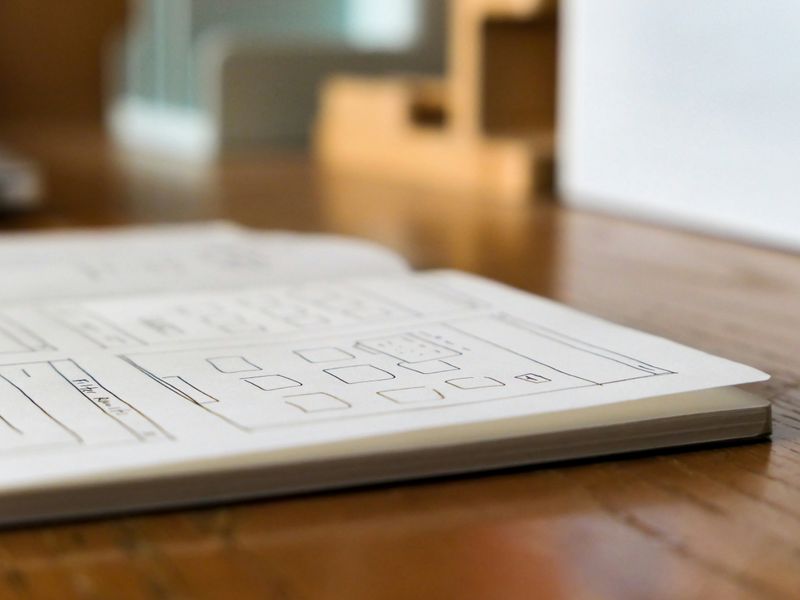 Photo by Jeffrey Betts on Unsplash
Photo by Jeffrey Betts on UnsplashStefan’s Next Move
Next time, Stefan plans to add a pre/post mini-task — a short activity before and after the lesson — to help track change and measure impactmore clearly. Through this process of critical evaluation, Stefan helps his students learn better and sharpens his own teaching toolkit.
Quiz
If you were Stefan, how would you check if scaffolding made a difference on learning?
Using Evidence to Solve Problems: Eric’s Story
 Eric, a home removals rep, receives a call from a customer who is upset about an unexpected charge. Eric says he’ll look into it and call them back, knowing he’ll need time to check with the team.
Eric, a home removals rep, receives a call from a customer who is upset about an unexpected charge. Eric says he’ll look into it and call them back, knowing he’ll need time to check with the team.
It’d be easy to jump to conclusions or respond too quickly, but instead, Eric pauses to unpack the complaint and ask a few key questions.
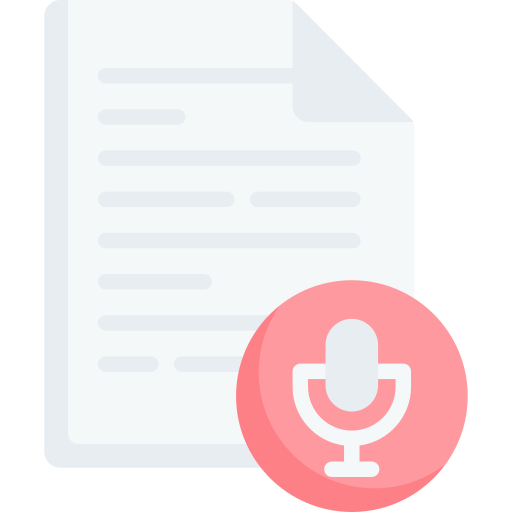 How Eric Handled It
How Eric Handled It
Eric listens to the original call recording, takes notes, and checks the sale record and company terms to see if the product was sold accurately.
His research skills led him to discover that the customer hadn't requested additional insurance, and the sales rep hadn't explained that it was being added.
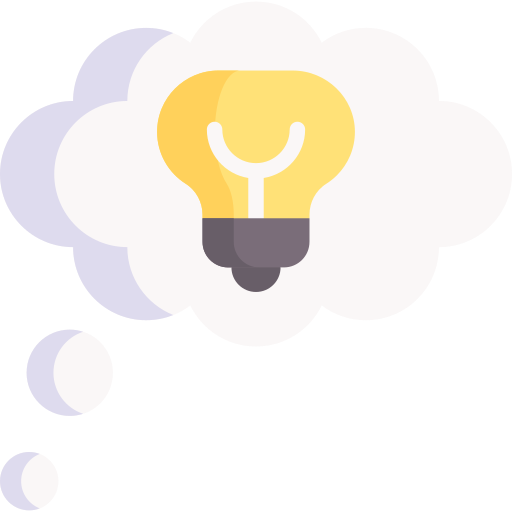 Digging Into the Details
Digging Into the Details
To get clarity, Eric uses deconstruction to break the issue into smaller parts and asks:
Was the sales process confusing?
Was the agreement clearly explained?
Is this a one-off or a recurring issue?
These questions help him understand what went wrong and resolve the issue fairly. He escalates the issue to his manager, who authorizes a refund.
 Photo by Trent Erwin on Unsplash
Photo by Trent Erwin on UnsplashEric's Next Move
After the refund, Eric logs the call ID and writes a short summary. His documentation notes help the team spot recurring issues and improve the sales process, reinforcing fairness for both the customer and the company.
Quiz
After the call, what’s Eric's best immediate next step?
Evaluating Business Performance: Leisha’s Story
 A few years ago, Leisha opened her own coffee shop. Recently, she's noticed that fewer passers-by are becoming paying customers. She wonders if it’s just a seasonal dip or the beginning of a longer-term trend.
A few years ago, Leisha opened her own coffee shop. Recently, she's noticed that fewer passers-by are becoming paying customers. She wonders if it’s just a seasonal dip or the beginning of a longer-term trend.
To understand the full picture, she digs into the data, starting with her marketing expenses.
 Crunching the Numbers
Crunching the Numbers
Leisha decides to compare her marketing expenses against her earnings. She notices that for every $1 spent on marketing, she’s getting back less than $2, signalling a low return on investment (ROI). By comparing these numbers, Leisha starts evaluating whether her marketing is worth the cost.
Next, she reviews her sales, foot traffic, and marketing data to spot patterns.
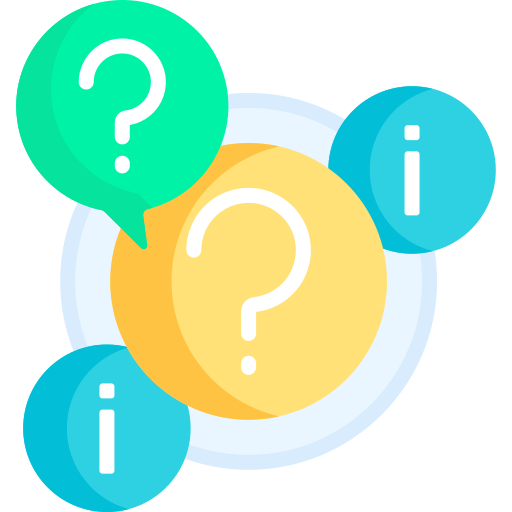 Unpacking the Results
Unpacking the Results
To make sense of the numbers, Leisha takes her research skills and critical analysis further by asking:
Is this just a seasonal dip?
Could the coffee shop's layout or customer experience be affecting conversion?
If I double my ad spend, is there a better use for that money?
By asking these questions, Leisha’s able to start removing some of the guesswork and build an action plan.
 Photo by Lukas Blazek on Unsplash
Photo by Lukas Blazek on UnsplashLeisha's Next Move
Leisha decides to turn insights into action. She'll run a short A/B test to compare two ads and see if they boost foot traffic before she risks a big investment. If the test shows little change, she knows it’s time to explore other factors — like layout or customer experience — that might have a bigger impact.
Quiz
What’s the best way for Leisha to test if more marketing spend leads to more customer sales?
Bringing It All Together
Using research skills at the workplace isn’t about having all the answers or ignoring intuition. It's about:
Recognizing which information is reliable.
Understanding how your assumptions shape decisions.
Making informed and impactful choices.
How Research Skills Help You at Work

See the situation more clearly: You pause, focus on the facts, and reduce the risk of reacting based on assumptions. This helps you respond with clarity and confidence.
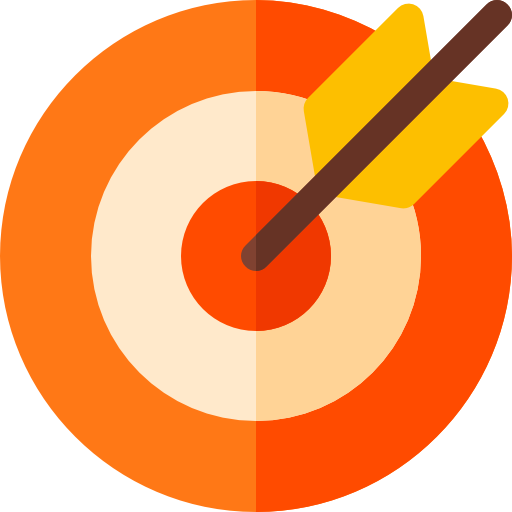
Set realistic expectations: You avoid overpromising or misjudging outcomes, which improves planning, communication, and trust. It also shows strategic thinking and builds credibility.
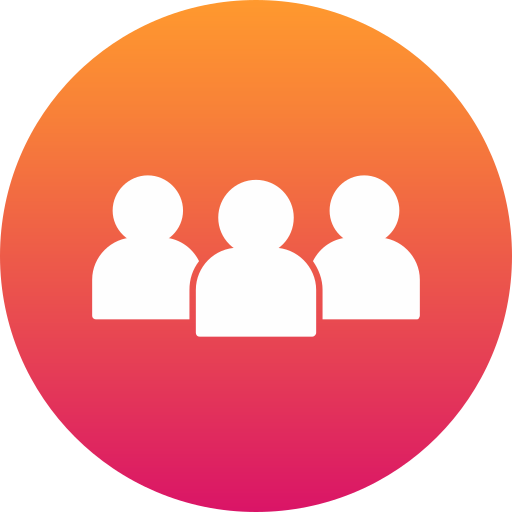
Involve the right people: You identify key stakeholders and promote collaboration, ensuring decisions are well-informed and supported. This strengthens working relationships and leads to better outcomes.
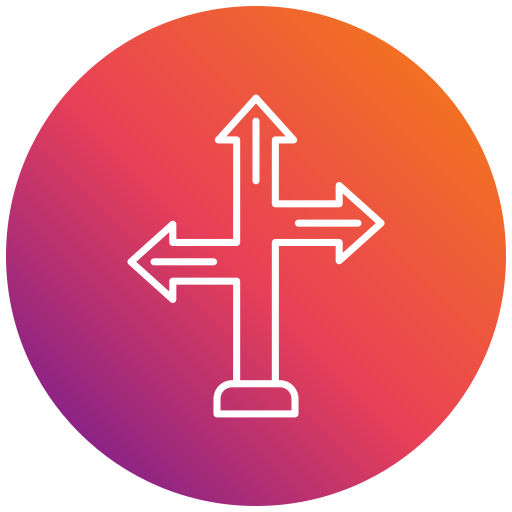
Take informed, actionable next steps: You move from analysis to confident, practical decisions, replacing guesswork with insight and showing initiative that aligns with wider organizational goals.
These research skills show you're not just solving problems — you're thinking strategically, building credibility, and speaking up with confidence!
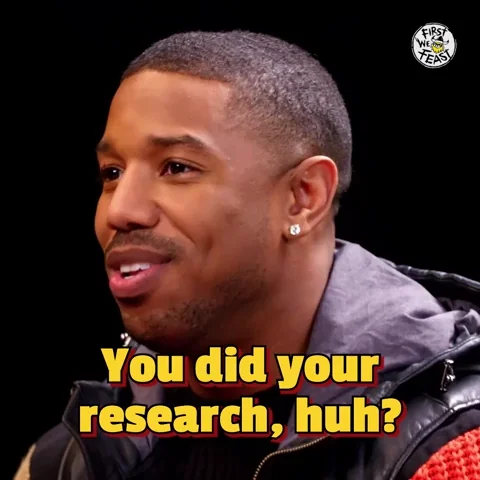
Take Action

Why not try it today — just like you’ve seen in the examples, you can put your own research skills to the test!
Your feedback matters to us.
This Byte helped me better understand the topic.
